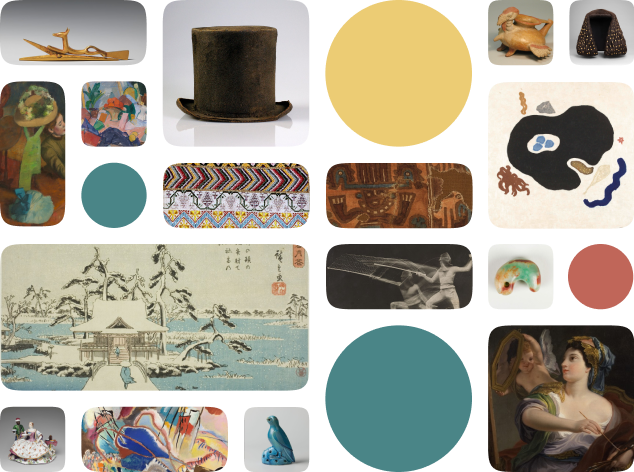Goddess Durga slaying the demon Mahisha
Creator Name
Cultural Context
Date
Source
About the Work
Metropolitan Museum of Art Object Description
Figure
Work details
"--" = no data available
Title
Creator
Worktype
Cultural Context
Material
Dimensions
Technique
Language
--
Date
Provenance
Style Period
Rights
Inscription
--
Location
Source
Subjects
Topic
--
Curationist Contributors
Related Content
All Works in Curationist’s archives can be reproduced and used freely. How to attribute this Work:
Unknown, Goddess Durga slaying the demon Mahisha, circa 12th century, Bangladesh, northern Bengal, possibly Varendra region. Metropolitan Museum of Art. Represented through Mahishasuramardini, this female deity triumphantly wields weapons from her fellow gods. Public Domain.
Help us improve this content!
Let our archivists know if you have something to add.
Save this work.
Start an account to add this work to your personal curated collection.
